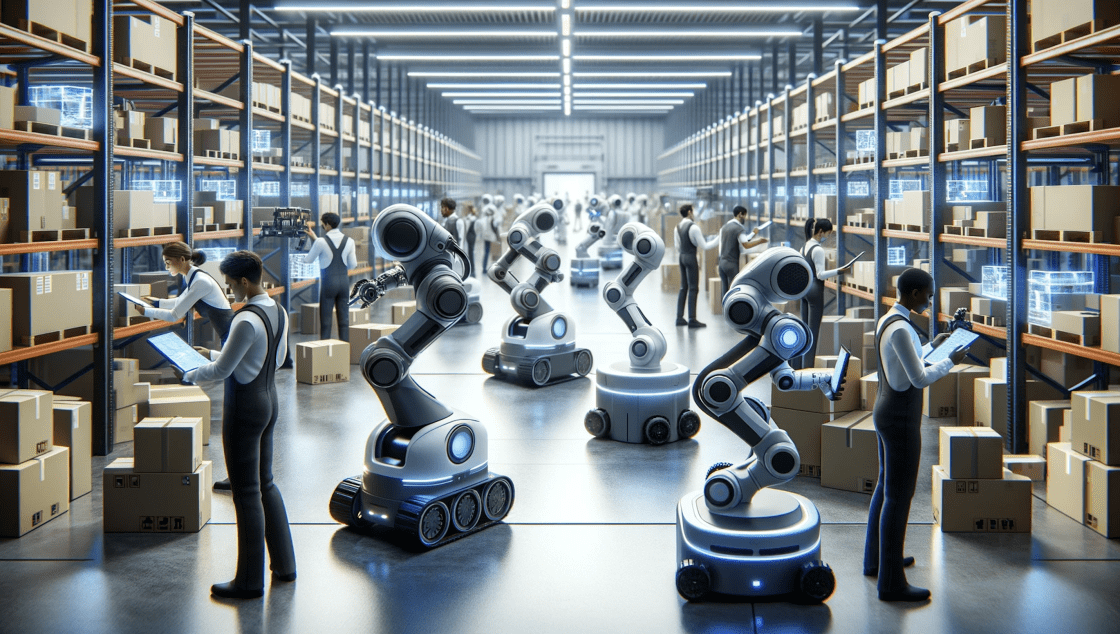In the rapidly evolving tech landscape, Artificial Intelligence (AI) is revolutionizing our approach to business operations. At the heart of this transformation is the concept of viewing businesses as systems comprised of algorithms, or a “Graph of Algorithms“. This framework not only simplifies our understanding of business processes but also underscores areas ripe for optimization.
Understanding Businesses as Algorithmic Systems
Consider a digital imaging company that processes images from upload to delivery. Each step—receiving, enhancing, and distributing images—can be seen as a distinct algorithm within a complex system. By mapping out these steps, we create a “graph” where each node represents a process, and the edges, the interactions between processes.
The Advantages of Decomposing Business Processes
Breaking down a business into its component algorithms is not merely theoretical; it’s a powerful tool for enhancing efficiency. By clearly delineating each part of a business’s workflow, companies can identify inefficiencies, redundancies, and unnecessary steps. This detailed understanding allows for precise optimization and elimination of wasteful processes.
AI’s Role in Continuous Optimization
AI’s capability to analyze and optimize business operations is unparalleled. It excels in automating routine tasks, refining decision-making, and reshaping business functions. For example, in a marketing department, AI can automate the mundane tasks of sending emails and summarizing meetings, freeing up human resources for creative and strategic endeavours.
The Role of Consultancies in AI Integration
As businesses transition to AI-driven models, consultancy firms will become crucial. These firms will offer services to dissect company operations, identify inefficiencies, and recommend streamlined solutions. They will leverage both automated tools and expert analysis to drive substantial improvements in business processes.
Implications for Businesses and Employees
This shift towards AI-driven operations necessitates adaptation from both businesses and their employees. Businesses must embrace new technologies to remain competitive, while employees need to acquire new skills to work effectively alongside AI, focusing on roles that leverage human creativity and empathy.
Embrace the Graph of Algorithms
Viewing your business through the lens of a Graph of Algorithms is essential for staying competitive in a technologically advanced marketplace. This perspective not only helps in refining current operations but also fosters innovation, creating new opportunities previously unimaginable. For business owners and employees alike, it’s time to embrace this change and prepare for a future where AI enhances every aspect of business operations.
Having a solid business plan, marketplace, product, and consumer datasets, as well as repeatable scaleable systems, is your path to success.
citation for this article
Unsupervised Learning


